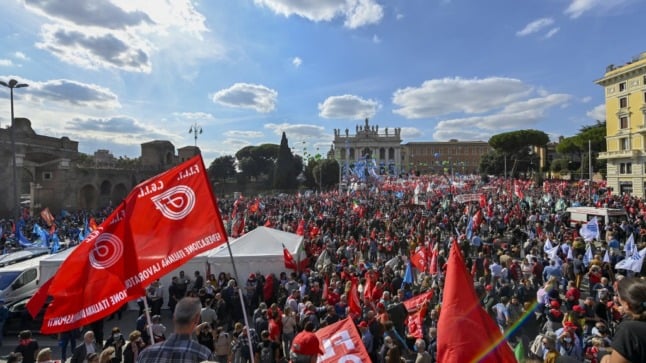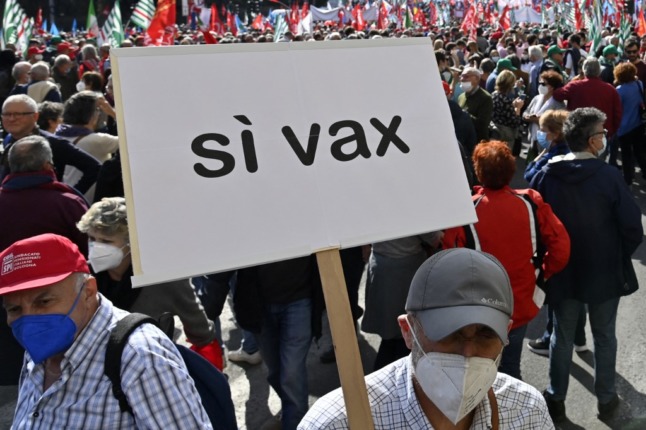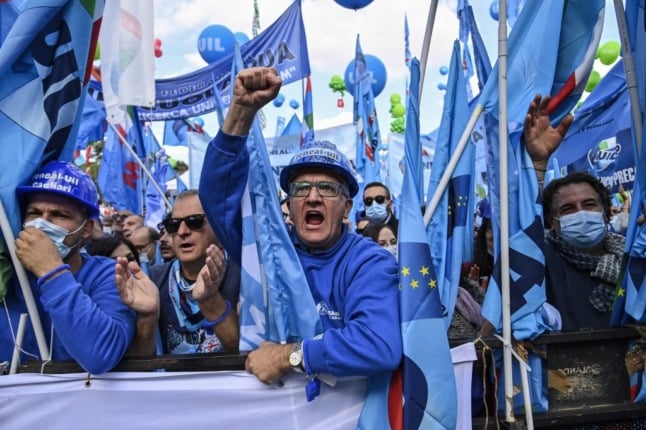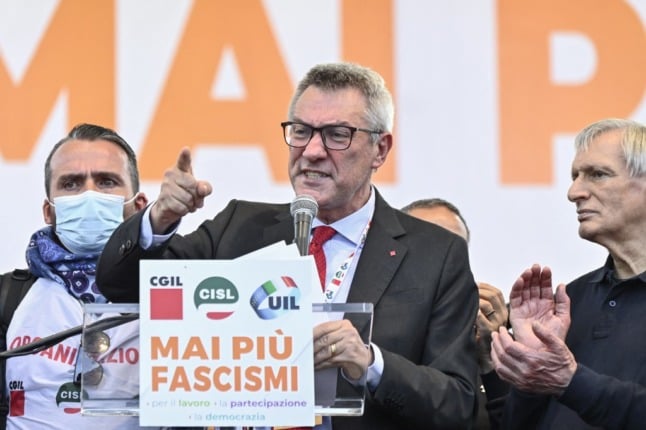The first Italian to contract the disease was described by doctors as being in a "stable" condition after being flown back from Sierra Leone overnight.
The man has not been identified but Emergency, the medical NGO he was working for, said he was a 50-year-old infection specialist and Italian media described him as a married father of two daughters from Sicily whose first name is Fabrizio.
The doctor was flown into the military airport of Pratica di Mare overnight in a specially sealed unit and taken to the Lazzaro Spallanzani Institute.
"When he was hospitalised this morning he was alert, helpful and moving around on his own," said Emanuele Nicastri, the doctor in charge of the treatment.
"He was presenting symptoms of a fever and shivers."
Nicastri did not reveal the name of the drug that the patient is receiving but confirmed it had yet to be approved for general use, although it has been tried in other cases of Ebola in the United States and elsewhere in Europe.
"He has started a specific anti-viral treatment with a non-approved drug, the use of which was authorised by the Italian Medicines Agency with the approval of the health ministry," Nicastri added.
The doctor had been working at a clinic for Ebola victims in Lakka when he contracted the disease, which has killed nearly 5,500 people in its latest outbreak in west Africa.
He spoke to his daughters by telephone before landing in Rome, telling them "he was fine, not afraid, and sure he will pull through," Italian media reported his wife as saying.
'Time is of the essence'
The doctor had travelled to Sierra Leone on October 18 and had been due to return to Italy on Friday, according to his wife, who told the Corriere della Sera daily that "he almost made it through" without catching the disease.
The doctor had been working with 25 other Italians – doctors, nurses and logistics staff – living together in three houses with small rooms and shared common spaces.
Health Minister Beatrice Lorenzin was quick to reassure Italians, saying there was no chance of the virus spreading from within the special 16-room ward where the doctor will be treated by specialists, and the situation was "under control."
"The patient will not have any contact with doctors, or nurses. And especially not with the population. The Spallanzani hospital is a centre of excellence on a European level," she said.
Cecilia Strada, president of Emergency, said the team was "not worried".
The infected doctor "was assisted from the start of the very first symptoms and we follow strict security procedures. We know well, from experience, that time is of the essence. And in this case the assistance was immediate," she said.
A Ugandan doctor working for Emergency fell ill with Ebola at the start of October and was transferred to Frankfurt for care, where he recovered, according to Italian media reports.
Strada said the work the medical team was carrying out was "extremely tiring, both physically and emotionally."
"Working in the red zone… means being able to work for at most an hour, before being replaced. But patients in critical conditions need constant care and it's not easy to leave them. Sometimes we've had to almost pull doctors away and force them to leave," she said.
OCHA, the Geneva-based UN agency coordinating the international response to Ebola meanwhile said that it had raised just over half of the $1.5 billion it says it needs to implement a response plan designed to contain the latest outbreak.






 Please whitelist us to continue reading.
Please whitelist us to continue reading.
Member comments